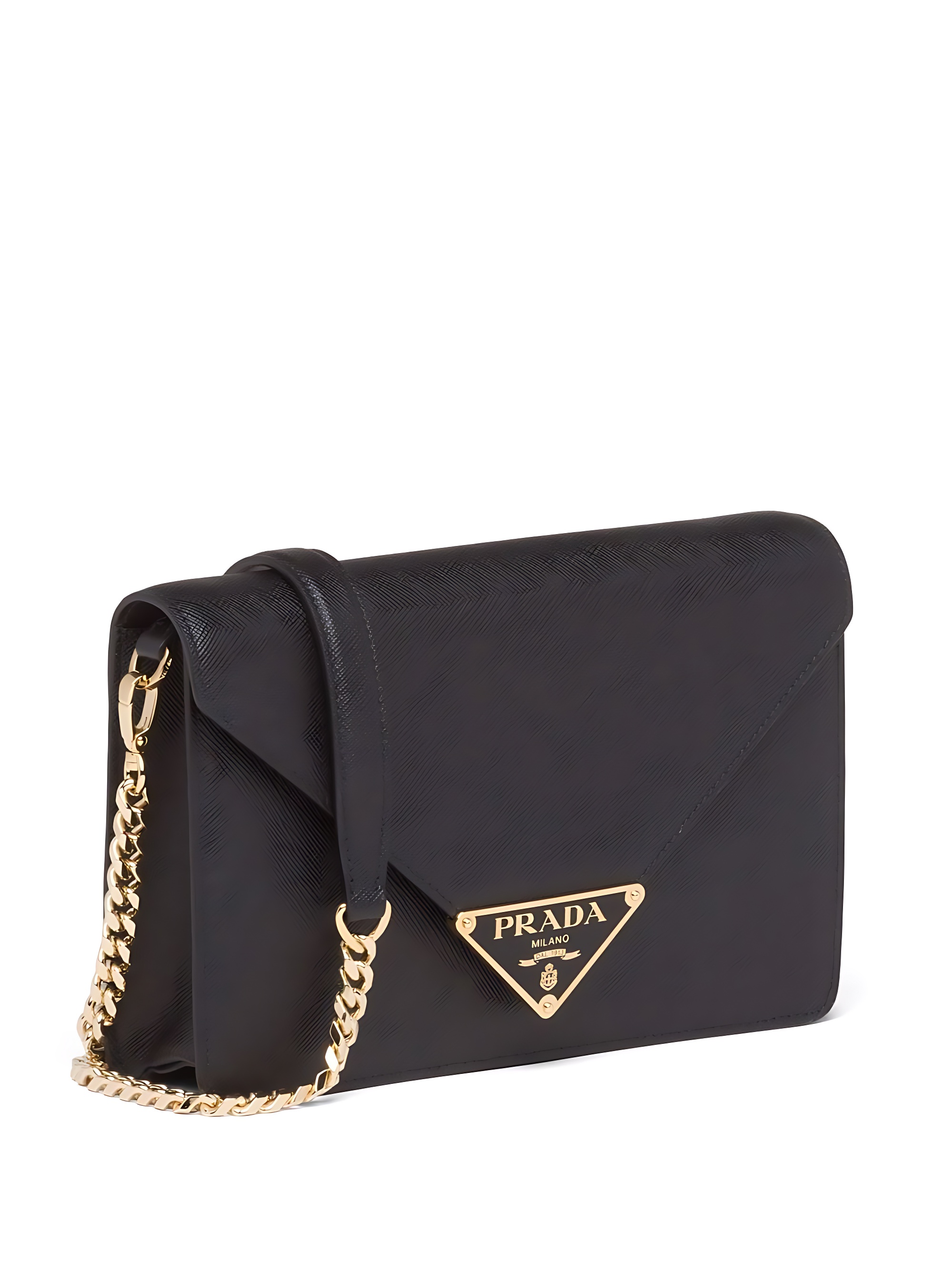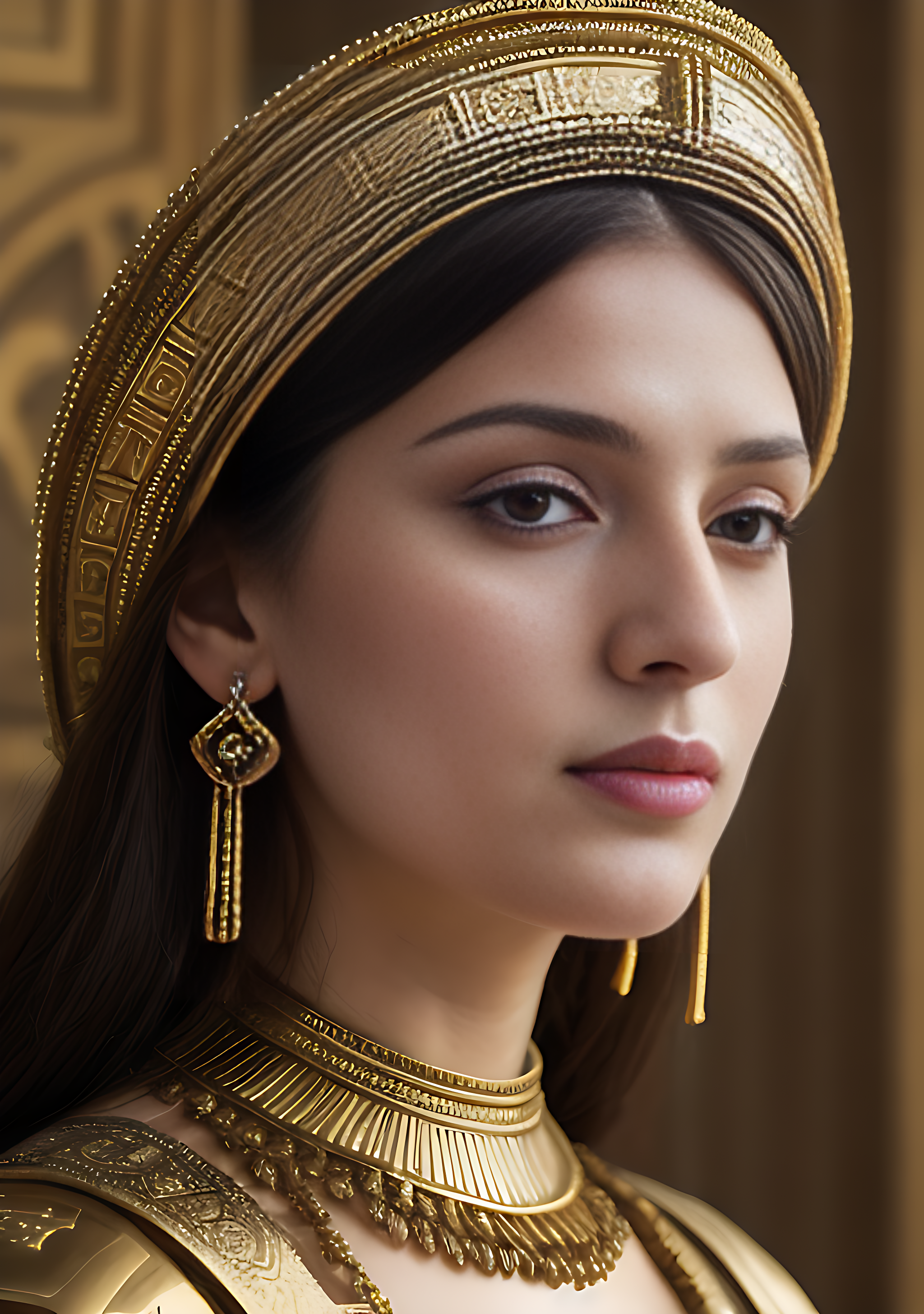upscaler
Maintainer: alexgenovese

16

| Property | Value |
|---|---|
| Model Link | View on Replicate |
| API Spec | View on Replicate |
| Github Link | View on Github |
| Paper Link | No paper link provided |
Get summaries of the top AI models delivered straight to your inbox:
Model overview
The upscaler model aims to develop practical algorithms for real-world face restoration. It is similar to other face restoration models like GFPGAN and facerestoration, which focus on restoring old photos or AI-generated faces. The upscaler model can also be compared to Real-ESRGAN, which offers high-quality image upscaling and enhancement.
Model inputs and outputs
The upscaler model takes an image as input and can scale it up by a factor of up to 10. It also has an option to enable face enhancement. The output is a scaled and enhanced image.
Inputs
- Image: The input image to be upscaled and enhanced
- Scale: The factor to scale the image by, up to 10
- Face Enhance: A boolean to enable face enhancement
Outputs
- Output: The scaled and enhanced image
Capabilities
The upscaler model can effectively scale and enhance images, particularly those with faces. It can improve the quality of low-resolution or blurry images, making them clearer and more detailed.
What can I use it for?
The upscaler model can be useful for a variety of applications, such as enhancing old photos, improving the quality of AI-generated images, or upscaling low-resolution images for use in presentations or marketing materials. It could also be integrated into photo editing workflows or used to create high-quality images for social media or digital content.
Things to try
Try experimenting with different scale factors and face enhancement settings to see how they impact the output. You could also try using the upscaler model in combination with other image processing tools or AI models, such as those for image segmentation or object detection, to create more advanced image processing pipelines.
This summary was produced with help from an AI and may contain inaccuracies - check out the links to read the original source documents!
Related Models

gfpgan

74.0K
gfpgan is a practical face restoration algorithm developed by the Tencent ARC team. It leverages the rich and diverse priors encapsulated in a pre-trained face GAN (such as StyleGAN2) to perform blind face restoration on old photos or AI-generated faces. This approach contrasts with similar models like Real-ESRGAN, which focuses on general image restoration, or PyTorch-AnimeGAN, which specializes in anime-style photo animation. Model inputs and outputs gfpgan takes an input image and rescales it by a specified factor, typically 2x. The model can handle a variety of face images, from low-quality old photos to high-quality AI-generated faces. Inputs Img**: The input image to be restored Scale**: The factor by which to rescale the output image (default is 2) Version**: The gfpgan model version to use (v1.3 for better quality, v1.4 for more details and better identity) Outputs Output**: The restored face image Capabilities gfpgan can effectively restore a wide range of face images, from old, low-quality photos to high-quality AI-generated faces. It is able to recover fine details, fix blemishes, and enhance the overall appearance of the face while preserving the original identity. What can I use it for? You can use gfpgan to restore old family photos, enhance AI-generated portraits, or breathe new life into low-quality images of faces. The model's capabilities make it a valuable tool for photographers, digital artists, and anyone looking to improve the quality of their facial images. Additionally, the maintainer tencentarc offers an online demo on Replicate, allowing you to try the model without setting up the local environment. Things to try Experiment with different input images, varying the scale and version parameters, to see how gfpgan can transform low-quality or damaged face images into high-quality, detailed portraits. You can also try combining gfpgan with other models like Real-ESRGAN to enhance the background and non-facial regions of the image.
Updated Invalid Date

gfpgan

6.1K
gfpgan is a practical face restoration algorithm developed by Tencent ARC, aimed at restoring old photos or AI-generated faces. It leverages rich and diverse priors encapsulated in a pretrained face GAN (such as StyleGAN2) for blind face restoration. This approach is contrasted with similar models like Codeformer which also focus on robust face restoration, and upscaler which aims for general image restoration, while ESRGAN specializes in image super-resolution and GPEN focuses on blind face restoration in the wild. Model inputs and outputs gfpgan takes in an image as input and outputs a restored version of that image, with the faces improved in quality and detail. The model supports upscaling the image by a specified factor. Inputs img**: The input image to be restored Outputs Output**: The restored image with improved face quality and detail Capabilities gfpgan can effectively restore old or low-quality photos, as well as faces in AI-generated images. It leverages a pretrained face GAN to inject realistic facial features and details, resulting in natural-looking face restoration. The model can handle a variety of face poses, occlusions, and image degradations. What can I use it for? gfpgan can be used for a range of applications involving face restoration, such as improving old family photos, enhancing AI-generated avatars or characters, and restoring low-quality images from social media. The model's ability to preserve identity and produce natural-looking results makes it suitable for both personal and commercial use cases. Things to try Experiment with different input image qualities and upscaling factors to see how gfpgan handles a variety of restoration scenarios. You can also try combining gfpgan with other models like Real-ESRGAN to enhance the non-face regions of the image for a more comprehensive restoration.
Updated Invalid Date

gfpgan

120
The gfpgan model is a practical face restoration algorithm developed by tencentarc for improving the quality of old photos or AI-generated faces. It aims to address common issues in real-world face restoration, such as blurriness, artifacts, and identity distortion. The gfpgan model can be compared to similar face restoration models like codeformer and upscaler, which also target improvements in old photo or AI-generated face restoration. Model inputs and outputs The gfpgan model takes an image as input and outputs a restored, higher-quality version of that image. The model supports various input image formats and can handle a range of face issues, including blurriness, artifacts, and identity distortion. Inputs img**: The input image to be restored Outputs Output**: The restored, higher-quality version of the input image Capabilities The gfpgan model is capable of effectively restoring the quality of old photos or AI-generated faces. It can address common issues such as blurriness, artifacts, and identity distortion, resulting in visually appealing and more accurate face restoration. What can I use it for? The gfpgan model can be useful for a variety of applications that involve face restoration, such as photo editing, enhancing AI-generated images, and improving the visual quality of historical or low-quality images. The model's capabilities can be leveraged by individuals or companies working on projects that require high-quality face restoration. Things to try One interesting thing to try with the gfpgan model is to experiment with different input images, ranging from old photographs to AI-generated faces, and observe the model's ability to restore the quality and clarity of the faces. You can also try adjusting the model's hyperparameters, such as the scaling factor, to see how it affects the output quality.
Updated Invalid Date

some-upscalers

21
The some-upscalers model is a collection of 4x ESRGAN upscalers, which are deep learning models designed to enhance the resolution and quality of images. These upscalers were pulled from the Upscale.wiki Model Database and implemented using Cog, a platform for deploying machine learning models as APIs. The model was created by daanelson, who has also developed other AI models like real-esrgan-a100 and real-esrgan-video. Model inputs and outputs The some-upscalers model takes an input image and an optional choice of the specific upscaler model to use. The available models include 4x_UniversalUpscalerV2-Neutral_115000_swaG, which is the default. The model outputs an upscaled version of the input image. Inputs image**: The input image to be upscaled, provided as a URI. model_name**: The specific upscaler model to use for the upscaling, with the default being 4x_UniversalUpscalerV2-Neutral_115000_swaG. Outputs Output**: The upscaled version of the input image, provided as a URI. Capabilities The some-upscalers model can effectively enhance the resolution and quality of input images by a factor of 4x. It can be used to improve the visual clarity and detail of various types of images, such as photographs, illustrations, and digital art. What can I use it for? The some-upscalers model can be useful for a variety of applications, such as: Enhancing the quality of low-resolution images for use in presentations, publications, or social media. Improving the visual clarity of images used in graphic design, web design, or video production. Upscaling and enhancing the resolution of historical or archival images for preservation and digital archiving purposes. Things to try Experiment with the different upscaler models available in the some-upscalers collection to see which one works best for your specific needs. Try upscaling images with varying levels of complexity, such as detailed landscapes, portraits, or digital art, to see how the model performs. You can also try combining the some-upscalers model with other image processing techniques, such as style transfer or color correction, to achieve unique and compelling visual effects.
Updated Invalid Date